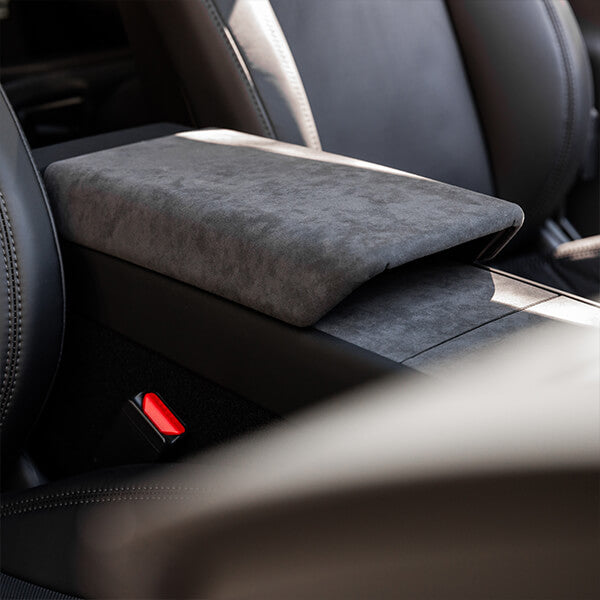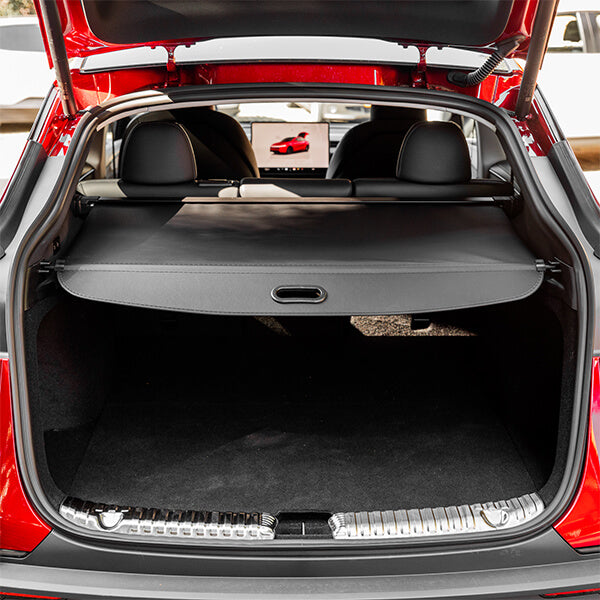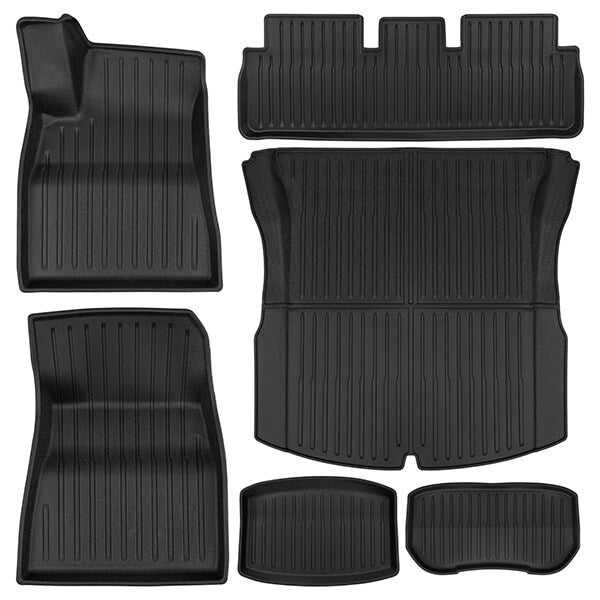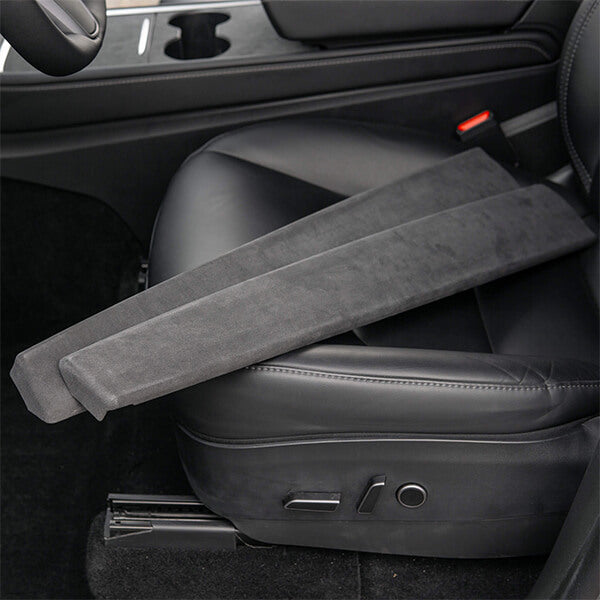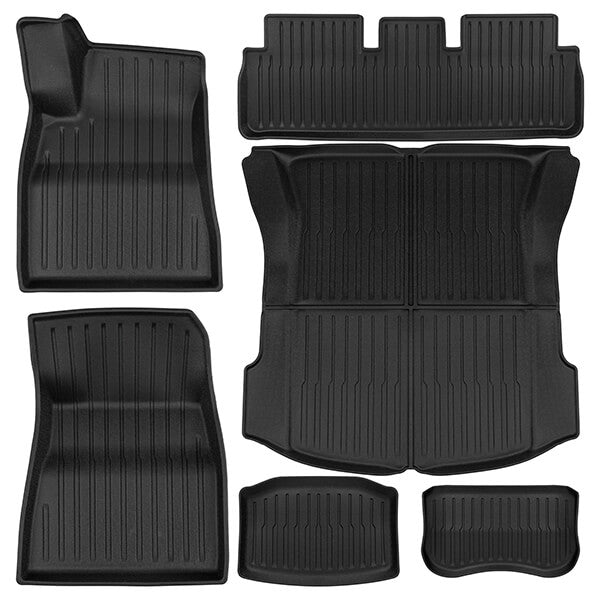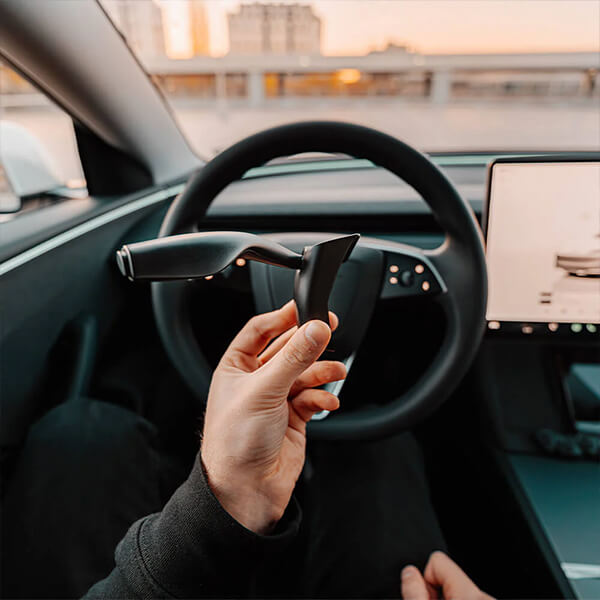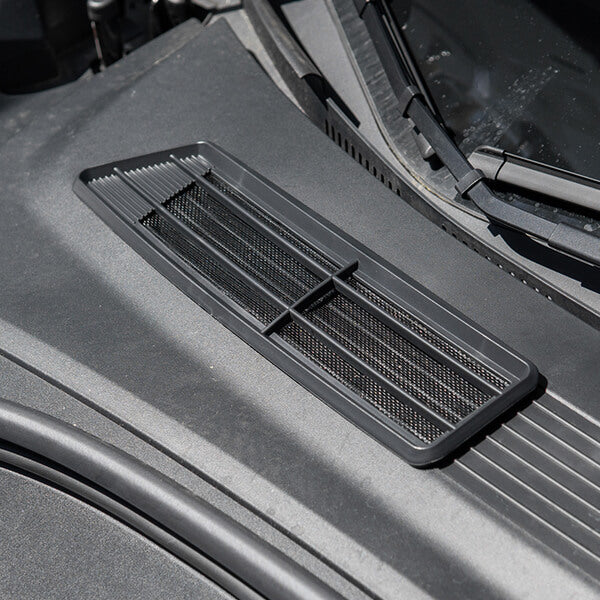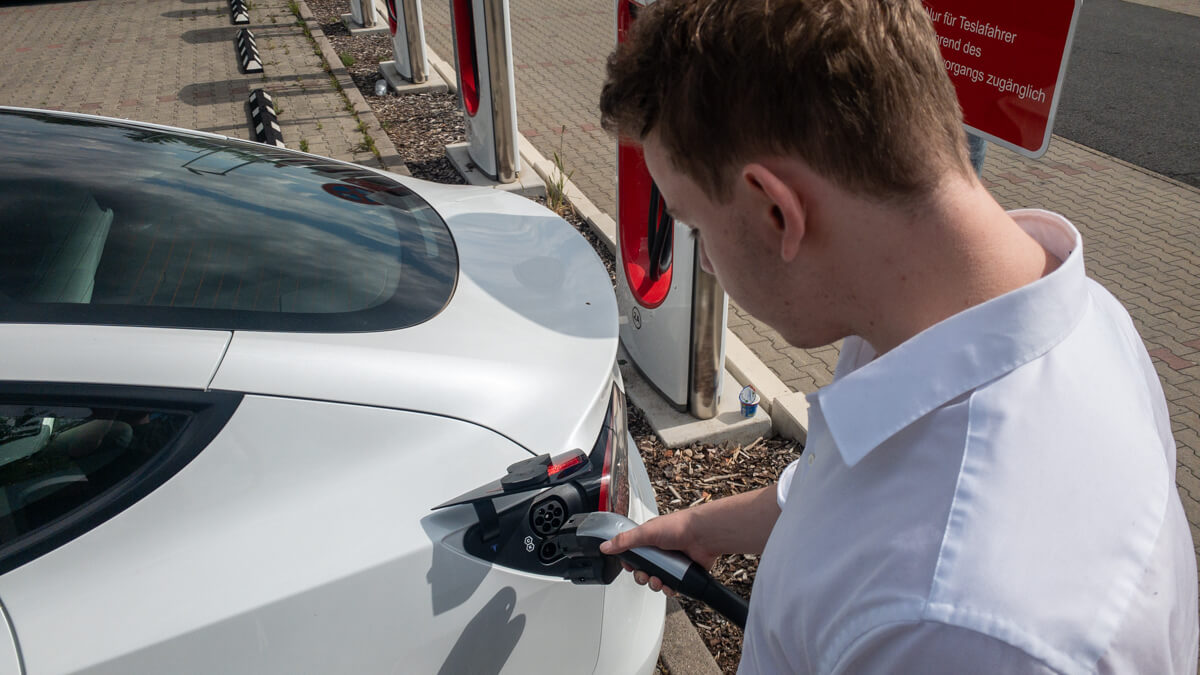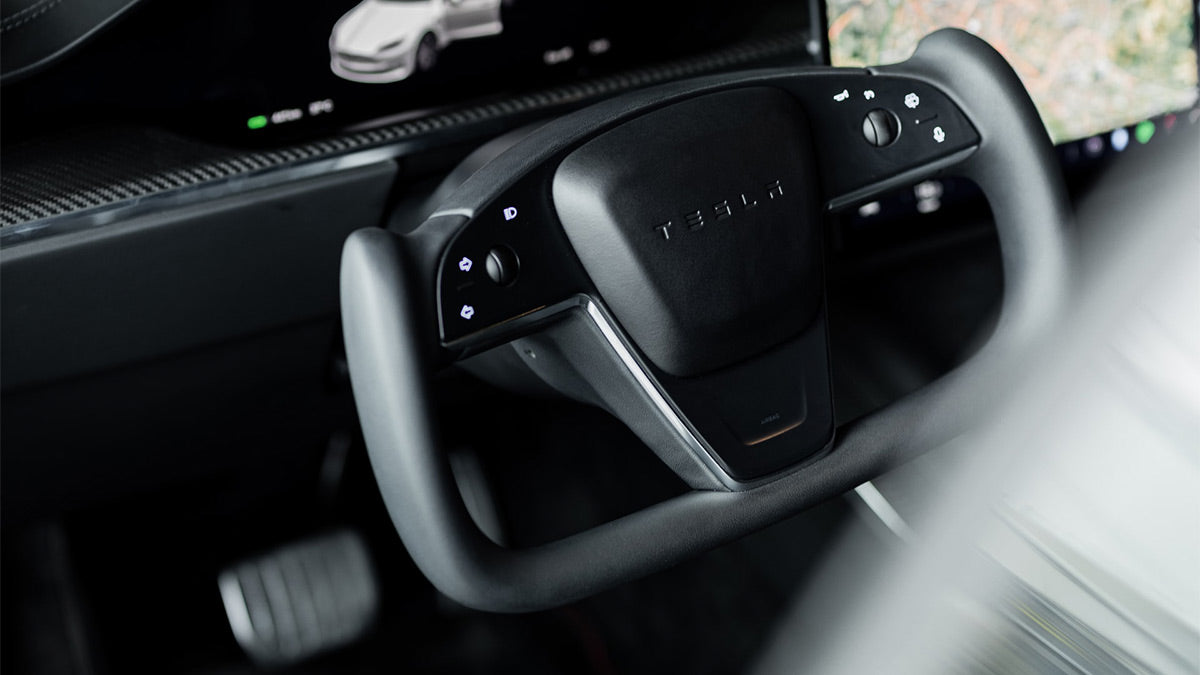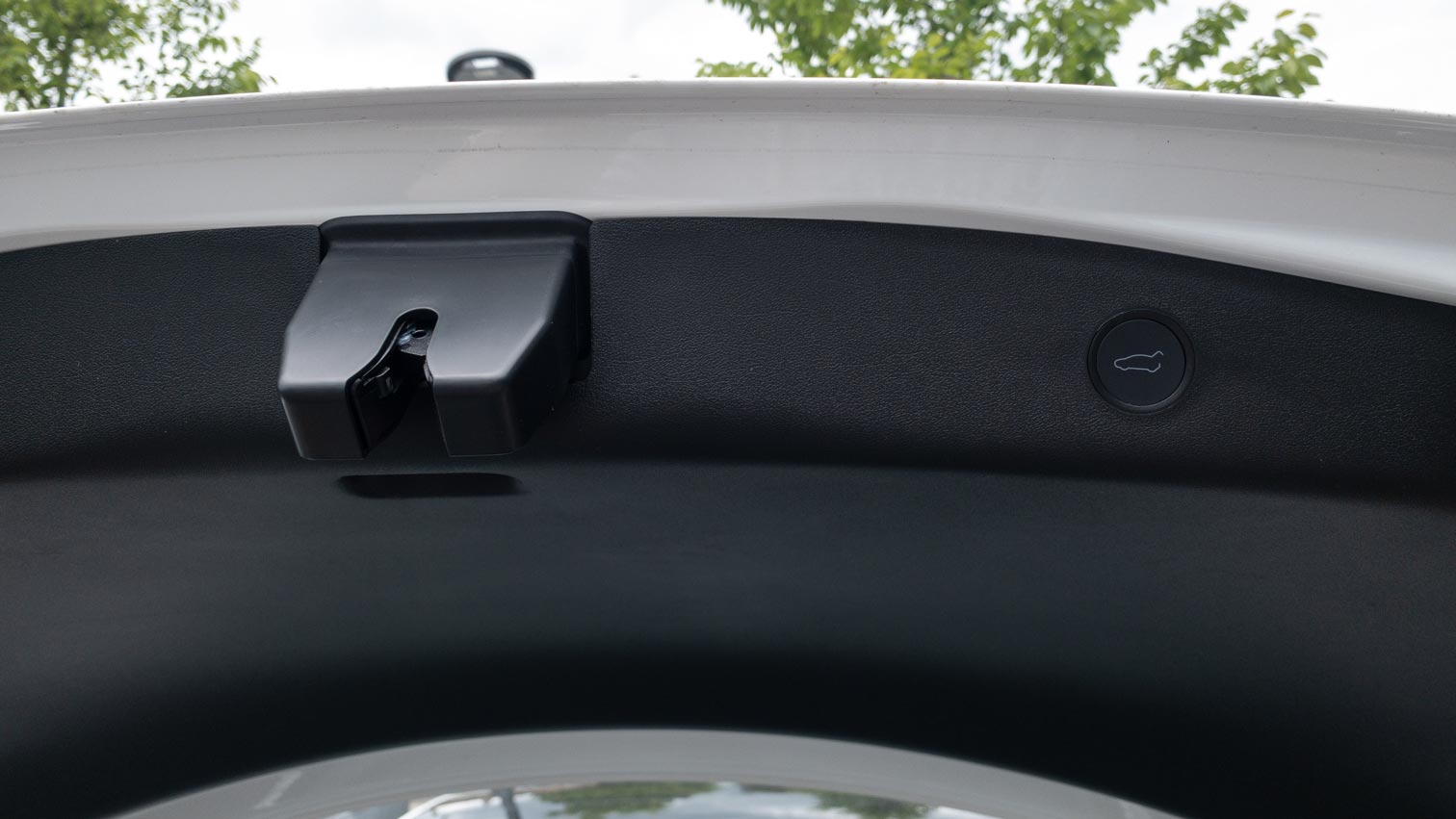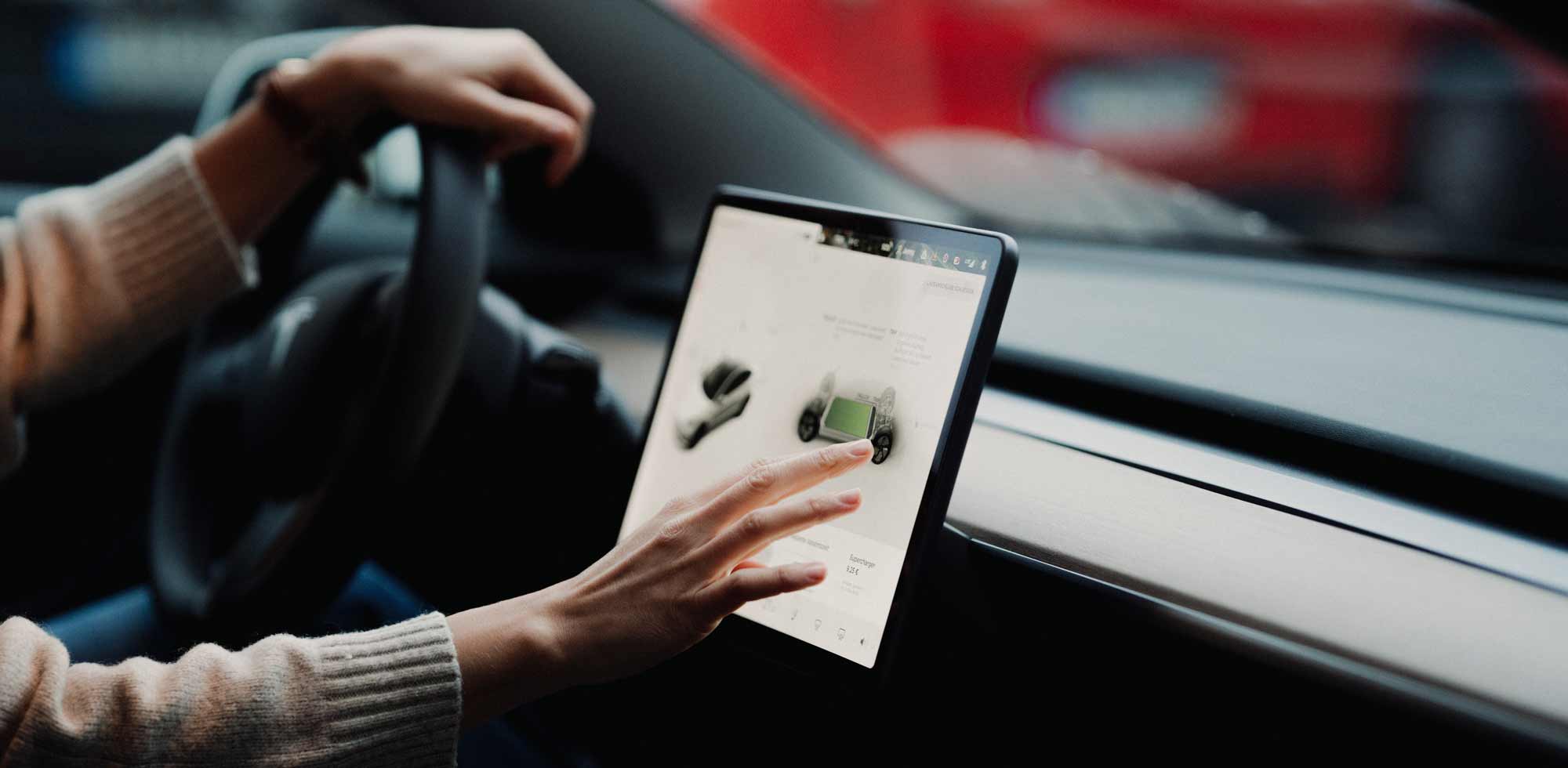Charging is one of the essential processes at Tesla. At the same time, it is a controversially discussed component of the prejudices that still exist, which put some people off electric cars. Accordingly, manufacturers can also make a name for themselves here with good values and smooth processes and convince interested parties.
Tesla has been at the forefront for years with its Supercharger network and offers its customers an excellent charging experience.
However, as a Tesla driver there are a few things to consider. That's why we've put together this charging guide for you. Using the most popular Tesla, the Model 3, as an example, we explain everything you need to know about charging.
Tesla Model 3: Charging performance

All Model 3 specifications can be charged at a wallbox (or other AC systems) with a maximum of 11 kW, so charging with 22 kW is currently not possible.
Fast charging on the Supercharger with direct current works in the basic version with a maximum of 170 kW, in the more expensive versions with a maximum of 250 kW - provided you can find one of the newer charging stations that support such charging capacities.
If you charge at home using a household socket, you can also regulate the amperage at which charging takes place.
Tesla Model 3: Calculate charging time
Based on these values, you can calculate a rough charging time yourself. To do this, simply divide the battery size by the available charging power. For example, the basic Model 3 (2022) currently on sale with a 62-kilowatt-hour battery takes just under 5 hours and 38 minutes to charge on the 11-kW wallbox or 22 minutes to charge when fast charging at a constant 170 kW.
However, these are only approximate guide values, especially for fast charging, as the maximum charging power can only be kept reasonably constant under ideal conditions and losses due to heat are not taken into account. This is why the times calculated by the on-board computer are never 100% accurate - but they are close.
How far should you charge the Model 3?
You will rarely need the full charging time from 0 to 100 percent anyway. Apart from the fact that you should never drive the Model 3 completely empty, it is also harmful to the battery to charge it completely full every time. You should therefore only use the full capacity for long journeys and otherwise try to keep the charge level between 10-20 and 80-90%.
Attention: This only applies to Model 3s that do not have a new type of LFP battery (lithium iron phosphate) installed - this type of battery should be regularly charged to 100%. A maximum charging level can also be set in the Model 3 settings menu, so you can simply leave the cable plugged in with a clear conscience.
Tesla Model 3: Charging cable scope of delivery

Speaking of cables: What is actually included with the Model 3? For years, Tesla supplied the so-called Mobile Connector and a Type 2 cable. The former is a cable with which you can charge at any 230 V household socket with a maximum of 3 kW, - i.e. a kind of emergency solution. The "Gen 2 Mobile Connector" has no longer been included in the scope of delivery since April 2022 and must be purchased from Tesla.
The type 2 cable enables you to dock at public charging stations of all kinds if there is no cable available. Here too, however, charging can only take place very slowly at a maximum of 11 kW. You will therefore usually drive to the fast Supercharger anyway, which is already equipped with cables, or charge at home at the wallbox at night.

What is also missing from the scope of delivery is a cover for the charging socket. This prevents dirt, dust and rain from getting into the charging port and causing damage. At Teslabs you will find a suitable charging socket coverfor Model 3/Y.
Charge planning on longer journeys
Driving to work every morning with a fully charged battery is simply something nice. But what if you want to take the Model 3 on vacation and the route exceeds the maximum range? What is the best way to plan charging stops?
The answer is: Not at all! You let the navigation computer in the Tesla do the work, which plans the route and perfectly integrates breaks for charging. You can even specify how much battery you want to arrive with - so why do the hard work yourself?
Charging with the Model 3 at public charging stations

The only situation in which this would be necessary is if you don't want to go to a Supercharger, but to another public charging station - for example in a hotel or at a highway service station. These stations are also taken into account by the Model 3's navigation system. It therefore not only displays Superchargers, but now also charging stations from other manufacturers such as Ionity or EnBW.
However, and this is one of the advantages of Tesla, charging is of course possible there, whereas so far you have only had to share the Superchargers with other Tesla customers.
What does charging with the Model 3 cost?
Even if Tesla plans the charging stops and helps you get there, you still have to pay for it yourself. Gone are the days of free Supercharger use for Tesla customers.
At Tesla's charging stations, you now pay between 56 and 58 cents per kilowatt hour. If you multiply this by the maximum battery capacity of the Model 3 (between 52 and 82 kWh depending on the version and production year), you get costs of €29.12 to €47.56 for a full battery charge - still significantly cheaper than an average combustion engine today.
Charging at home is currently even cheaper at an average of 36-40 cents per kilowatt hour, depending on the electricity tariff. And if electricity from your own solar system can be used, then the Model 3 could almost be described as dirt cheap to maintain.
Supercharger or wallbox? Which is gentler?
Home charging is not only more convenient and cheaper, but also tends to be gentler on the battery. Although the high charging currents at fast charging stations ensure that you can continue driving quickly, they are not ideal for the Model 3's battery.
Frequent charging, on the other hand, is not as harmful as you might think. It is therefore best to charge every evening at home on the wallbox up to 80 or 90% (official Tesla recommendation) and only use Supercharger when necessary and on longer journeys.
Charging the Tesla Model 3 at the socket?
However, a wallbox can be expensive to purchase. However, saving these costs and charging at the household socket using the Mobile Connector supplied is not a good idea.
While the maximum possible charging power of 3 kW is very gentle on the battery, the loss due to the enormous charging time of up to one day is also quite high - both in terms of time and energy. There is also the risk of fire due to the permanent load on power lines that are not designed for this. Charging at the socket should therefore always be an emergency solution.
In most cases, the money for a wallbox is well invested. After all, you can only get the full Tesla experience out of your Model 3 if you can charge quickly and safely at home.
Has this article helped you? Feel free to share your experiences in a comment. If you want to learn even more about this topic, we recommend you read our 5 tips for a perfect charging experience.


